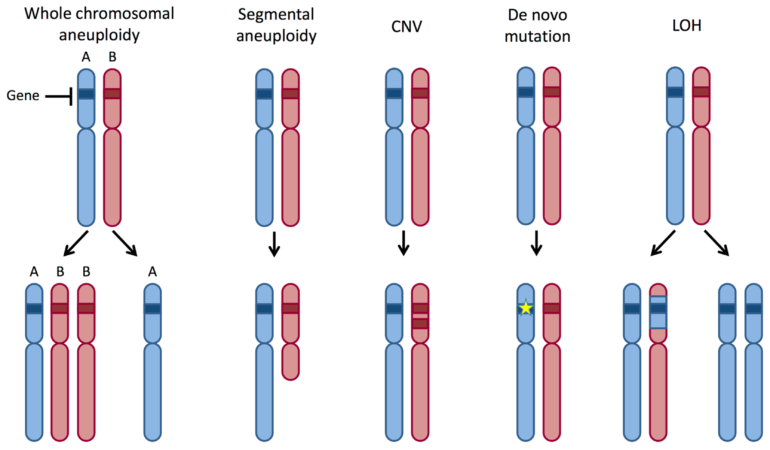When creating a computer program, errors in the code can introduce bugs to the software. Similarly, errors in our body’s genetic code, DNA, which is stored in structures known as chromosomes, can bring about mutations in the body. These mutations are the cause of many deadly diseases—including cancer. Now, researchers in Japan have shed new light on a particular type of genetic mutation: gross chromosomal rearrangement (GCR).
In a new study published in Communications Biology, a multi-institutional team led by researchers from Osaka University analyzed fission yeast to identify two key genes involved in the process of GCR.
The researchers were particularly interested in the centromere, a region important for chromosome separation during cell division. The centromere contains repeating DNA sequences, and GCR is known to occur at areas where DNA sequences repeat. Rad51 is a key enzyme involved in DNA recombination that exchanges genetic material. In contrast to what one can expect, however, Rad51 suppresses rather than promotes GCR at the centromere. It is enigmatic how GCRs occur using the centromere repeat.
“To find genes that are involved in the occurrence of GCR, we introduced mutations to yeast lacking Rad51, which exhibit increased levels of GCR,” says senior author Takuro Nakagawa. “We searched for cells that showed reduced levels of GCR and found that cells with mutations in the genes Srr1 and Skb1 had less GCR, suggesting that these genes play a role in the occurrence of GCR.”
The researchers then deleted the Srr1 and Skb1 genes in yeast lacking Rad51 and evaluated the occurrence of GCR. Cells lacking Srr1 and cells lacking Skb1 exhibited reduced rates of GCR; cells lacking both genes exhibited even lower rates of GCR.
“Our analysis revealed that Srr1 and Skb1 are involved in the formation of isochromosomes, a type of structural mutation in the chromosome,” says the lead author of the study Piyusha Mongia. “Loss of Srr1 or Skb1 led to a significant reduction in the number of isochromosomes that occurred.”
The research team’s findings represent an important step toward understanding the mechanisms underlying GCR at the centromere. Because GCRs are involved in several genetic disorders, including cancer, understanding the process of GCR formation may advance our ability to treat certain genetic diseases.
More information:
Fission yeast Srr1 and Skb1 promote isochromosome formation at the centromere, Communications Biology (2023). DOI: 10.1038/s42003-023-04925-9
Citation:
Yeast screen uncovers genes involved in chromosomal mutation (2023, May 26)
